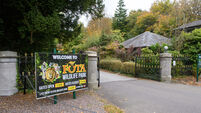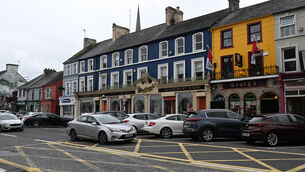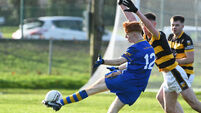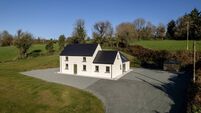Elon Musk brings Starlink broadband project to a back garden in Cork
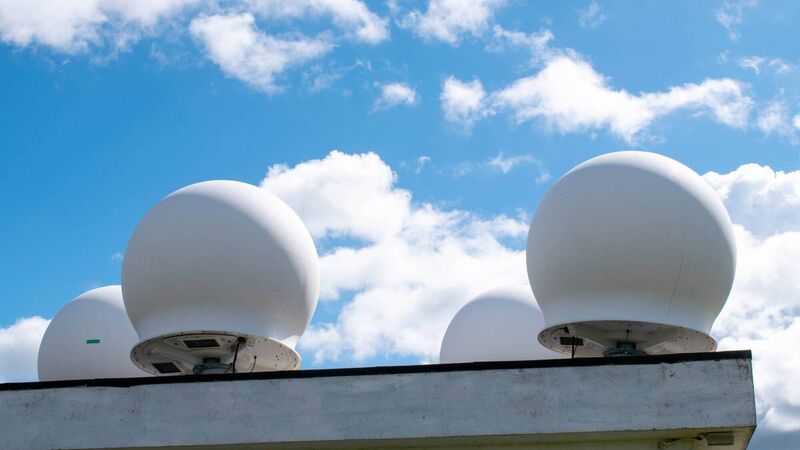
The distinctive golf ball-shaped ground stations that transmit data to Starlink satellites passing overhead were first spotted at the National Space Centre in East Cork in March.
Billionaire tech mogul Elon Musk’s Starlink satellite broadband revolution has been tested in the back garden of a Cork home since the beginning of the year, it has emerged.
At it@cork’s Tech Fest event, chief executive of Ireland’s National Space Centre (NSC), Rory FitzPatrick, confirmed to attendees that Mr Musk's SpaceX's Starlink equipment is indeed in place, after months of speculation and rumour about the firm's plans in the country.




